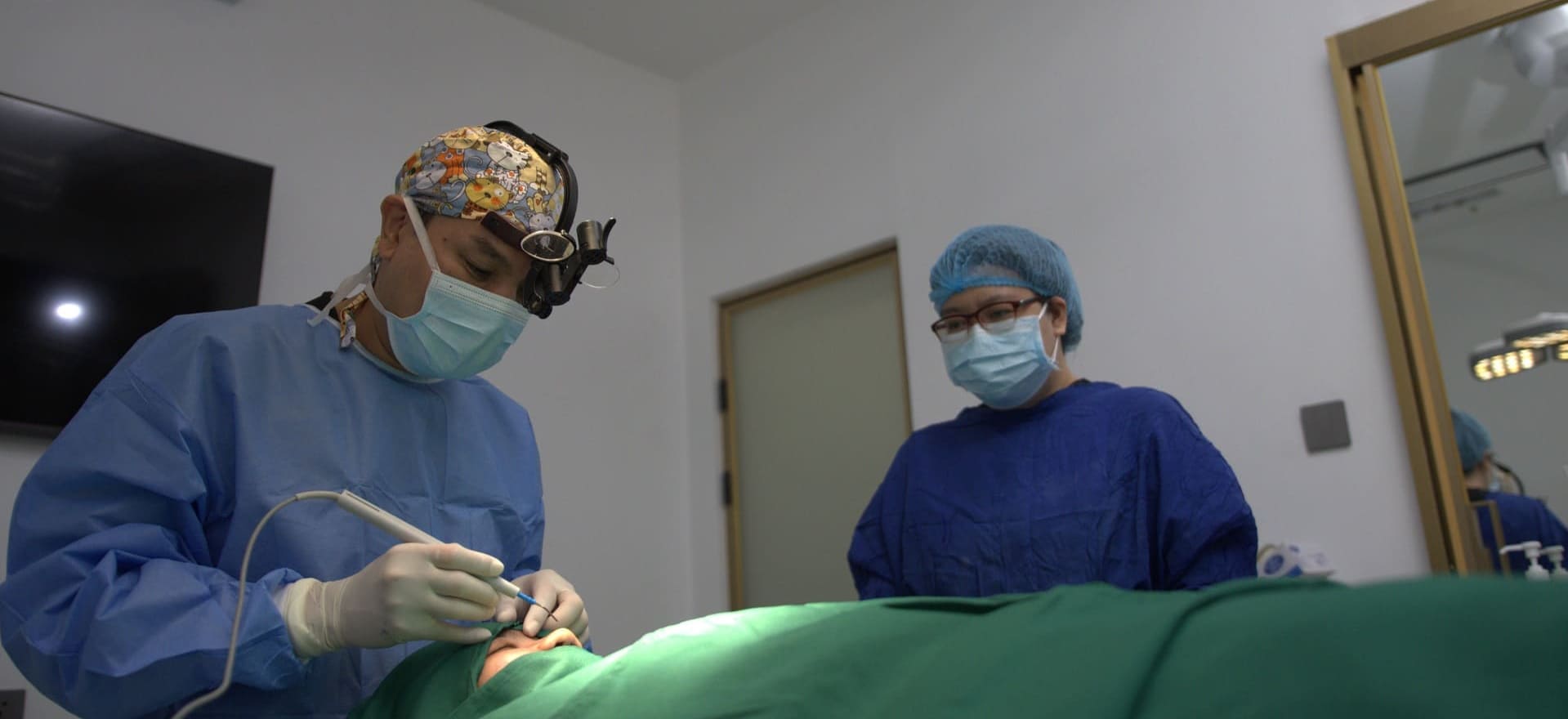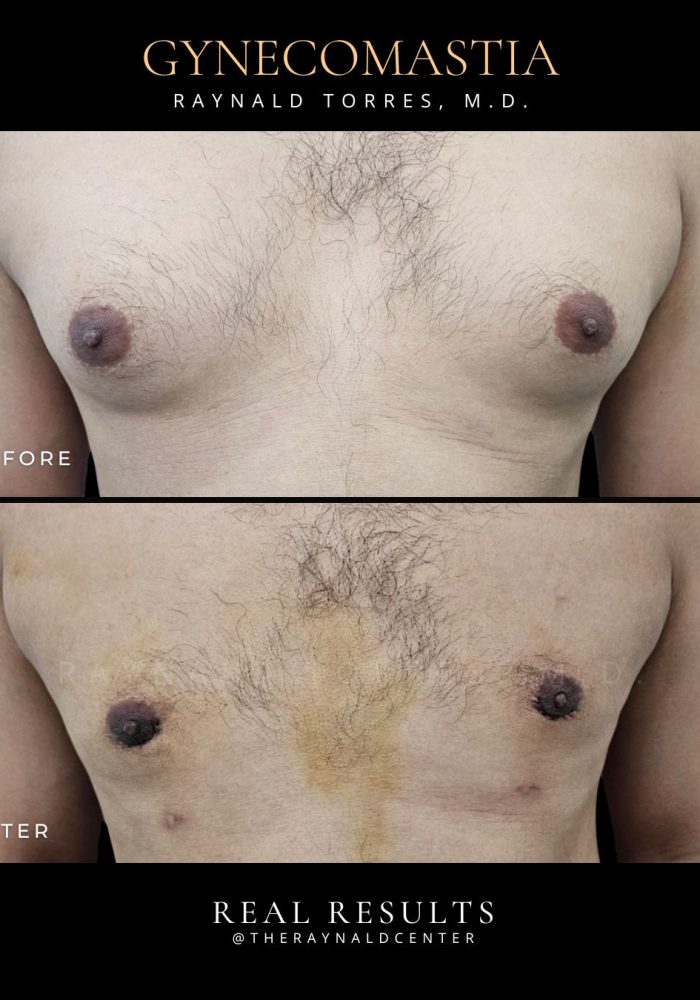
Gynecomastia Surgery (Male Chest Reduction)
BEFORE AND AFTER
What is Gynecomastia Surgery?
Gynecomastia is a condition where excess breast tissue develops in men, often due to hormonal imbalance, genetics, or weight gain. This can lead to a puffy or enlarged chest that doesn’t respond to diet or exercise.
Gynecomastia surgery, also known as male chest reduction, permanently removes this excess tissue and fat to restore a flat, firm, and masculine chest contour.
The Procedure
Depending on the type and severity of gynecomastia, the surgery may involve:
- Liposuction: Ideal for patients with soft, fatty tissue. Small incisions are used to suction out excess fat from the chest, sculpting a leaner profile.
- Glandular Tissue Removal: If dense breast tissue is present (true gynecomastia), it is surgically excised—often through a small incision at the border of the areola.
- Combination Technique: Many cases require both liposuction and tissue removal for optimal, long-lasting results.
After Surgery
- Minimal scarring with hidden or areola-based incisions
- Faster recovery than most body surgeries; light work within a few days
- Compression garment recommended for support and contouring
- Visible results right away, with improvements continuing as swelling subsides
Why Choose Gynecomastia Surgery?
- A permanent solution to male breast enlargement
- Immediate improvement in confidence and chest definition
- Better fit for clothing and improved body symmetry
- No more hesitation about removing your shirt at the beach or gym
Am I a Good Candidate?
You may be a candidate for gynecomastia surgery if:
- You have enlarged male breasts or puffy nipples
- Your condition is stable and has not responded to lifestyle changes
- You’re in good general health and maintain a stable weight
- You want a firmer, flatter, and more masculine chest
Pre-Procedure Guidelines
Maintain a healthy diet and stay well-hydrated.
Confirm and prepare all required documents (consent forms, lab results).
Stop taking any blood-thinning medications unless otherwise advised.
Do not eat or drink anything unless instructed otherwise (including water).
Post Procedure Guidelines
Wear your compression garment continuously (24/7) to reduce swelling and help skin retract.
Sleep on your back with your upper body elevated (use 2–3 pillows or a recliner).
Avoid raising your arms above shoulder level to prevent stress on incisions.
Expect bruising, swelling, and mild discomfort — this is normal.
Take prescribed antibiotics and pain relievers on schedule.
Avoid blood-thinning medications (unless approved by your surgeon).
Keep dressings clean and dry. Follow wound care instructions closely.
Do not apply creams or ointments to incisions unless advised.
No heavy lifting, gym workouts, or upper body exertion.
Do not stretch, lift, or raise arms overhead.
Light walking is encouraged to promote circulation and prevent blood clots.
Avoid smoking and alcohol as they impair healing.

